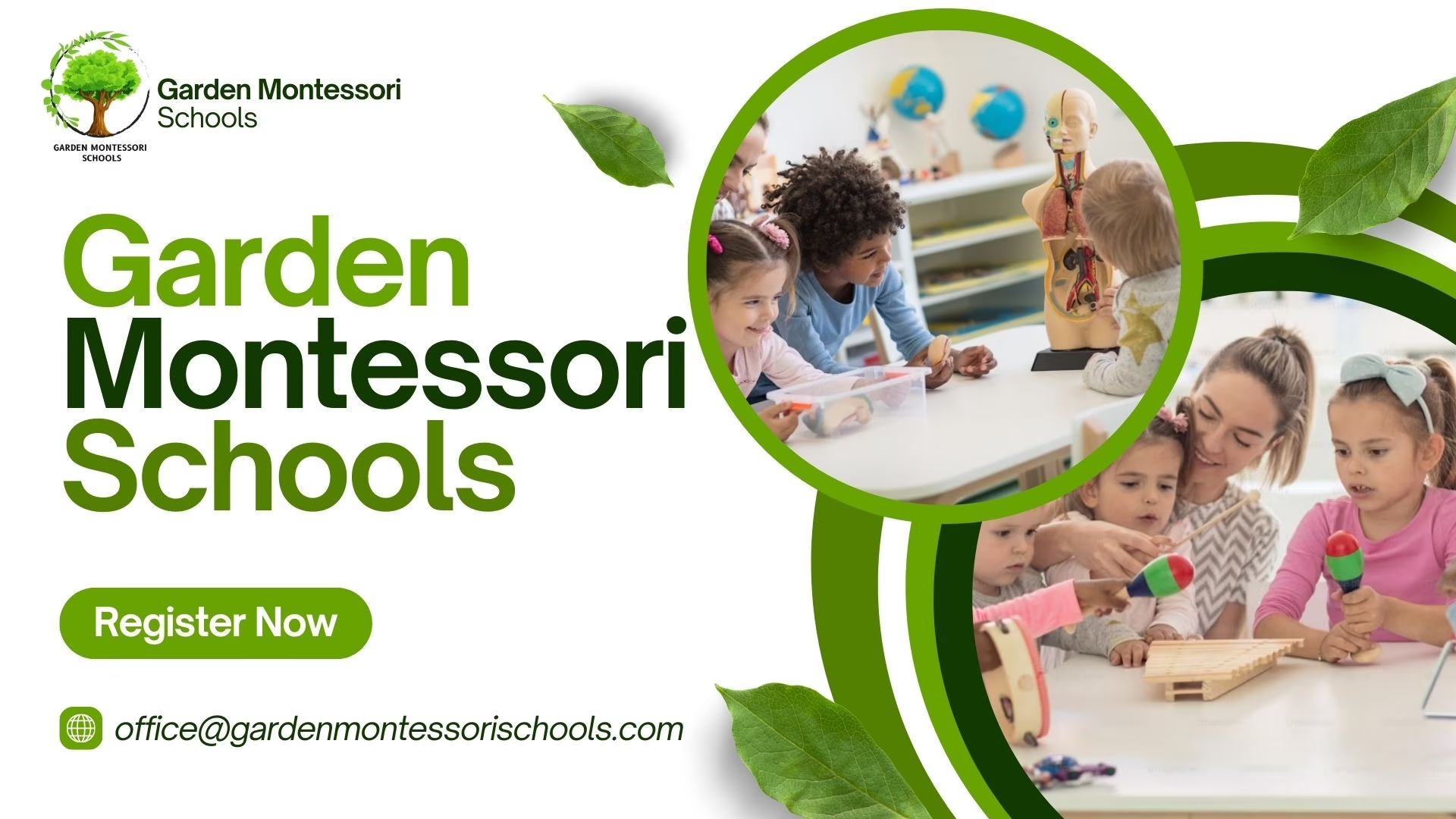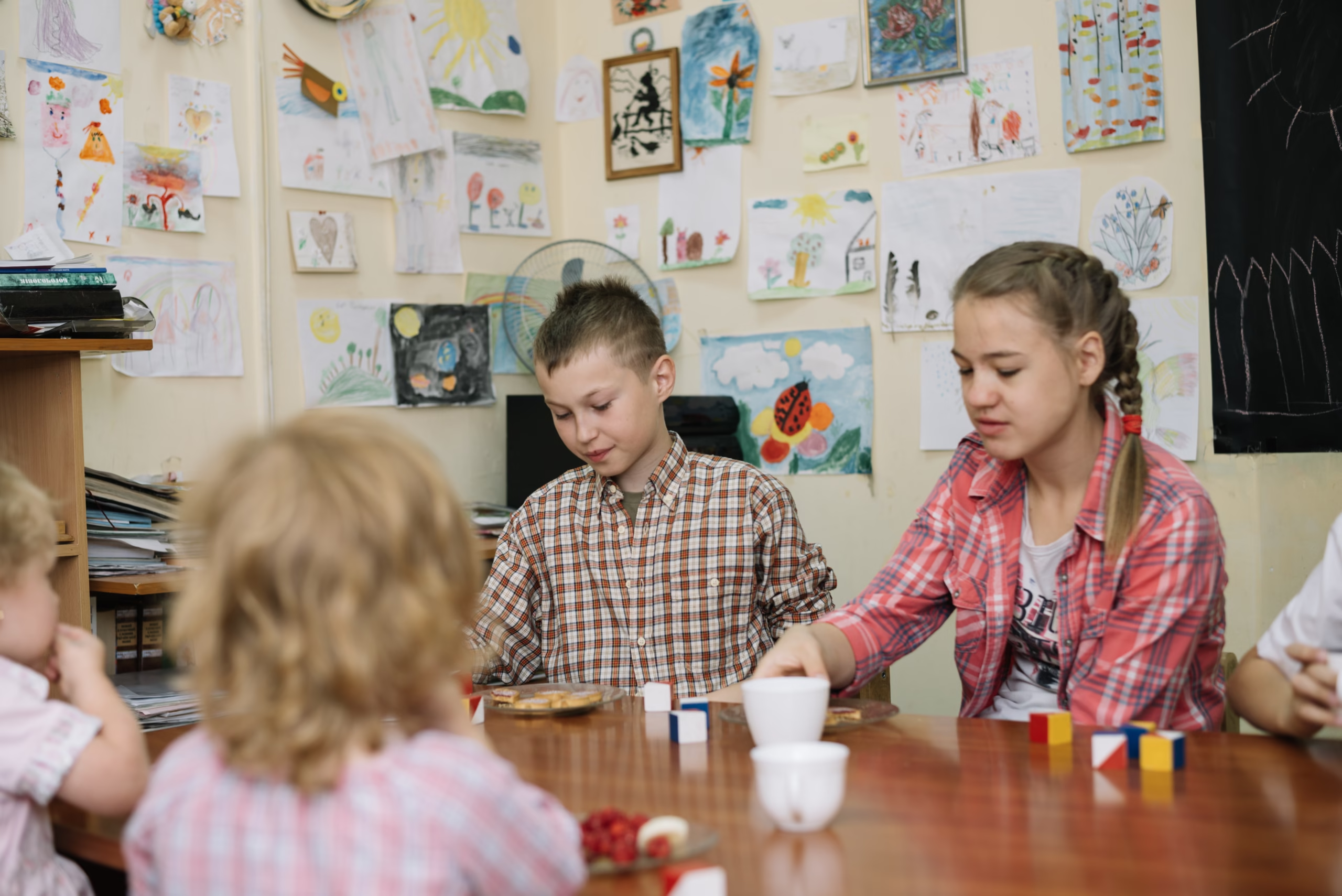In a modern busy world, where children spend most of their time behind a digital screen, it is more critical to develop imaginative play. Nurturing a Child’s Imagination is fostered either through storytelling, playing or art and this shapes the current experiences as well as possible future experiences. In this article, you will find out how imagination could be fostered and children grow into a well-rounded adult.
What Does Nurturing a Childs Imagination Mean?
Cultivating the imagination of a child is all about assisting him in the development of the use of creativity as an instrument of expression and exploration. It transcends entertainment and leads to curiosity, story telling, and innovations. Instead, children who are encouraged to play imaginatively learn to think outside the box, whether it is creating castles with blocks or creating adventure scenarios at the backyard.
Imagination can also promote emotional development that enables children to have an acceptable place to think of their feelings and to recognize other points of view. Parents are quite instrumental through the provision of opportunities such as reading, role-playing and art.
The logic behind the power of nurturing a childs Imagination is that, you are giving your child room to wonder and explore the world and thus developing the confidence in what a child imagines and what he or she dreams about as well as his or her critical thinking and empathy.
How Can Parents Support Imaginative Growth?
Parents play the most important role when it comes to nurturing a childs imagination since they are the architects of the ideas cape. Allowing open-ended activities, e.g. not telling children how the toys work and leaving them to imagine, will encourage children to create stories and devise scenarios.
The habit of reading every day, is also a strong practice, as books introduce children into another world where everything is possible. Open-ended questions are open to creativity and problem-solving such as asking “What comes next?” Instead of spending as much time as possible in front of a screen, overcome that habit and instead spend some time drawing, listening to music, or taking long walks through nature to enhance their imaginative process.
Above all, show your children how to be creative by being creative yourself: by telling stories, drawing, or creating something out of blocks or LEGO in front of your children. Attributable to a priority of these practices, parents develop a safe and stimulating environment where encouraging a child to explore imagination is a natural process of daily life.
Why Is Nurturing a Childs Imagination Important for Development?
Imagination fulfills an important role in the cognitive, social and emotional growth of a child. Imagination enables the child to hone his or her ability to think critically and solve problems in different ways using the questions of, What if? It also improves language since storytelling and pretend play results in vocabulary and communication.
On social aspects, imagination enables children to engage in role plays, which makes them empathic and able to accept the different worlds of thinking. The emotional advantages are also tremendous- creative play offers an outlet to emotions and is healthy, helping to relieve pressure develop resilience and building strong foundations.
.
Research demonstrates that imaginative kids tend to be more flexible and deviant in their adult life. By fostering the imagination of a child at an early age, the parent will be giving his child the best opportunity in developing other skills in later life which is not limited to academics, but development of an adaptable, confident, and thoughtful individual.
How Schools and Communities Contribute to Imagination?
Schools and communities also play a key role in enhancing the imagination of a child although parents take the central stage. Curriculum that is based on the play-learning integrated with creative arts and storytelling will help students move outside the box. Student actors can be instructed in arts like drama and project based learning or collaborative games to develop the teaching.
Communities also have to offer resources that are relevant like libraries that host story hours, museums and theaters where children get to interact with creativity. The outdoors can be parks, which tend to foster inquisitiveness. When communities and schools collaborate with the family, they achieve the result of forming a support network within which imagination is not suppressed.
The combination of these environments makes it a fact that the fostering of imagination in a child is viewed as an exceedingly important part of a well rounded education and development.
FAQs
At what age should parents start nurturing a Childs imagination?
Imagination starts by early childhood sometimes as early as age two or before. It should be encouraged by parents right from the beginning through play, storytelling and exploration.
How does imagination affect academic performance?
Imagining increases problem-solving, creative thinking, and verbal skills – skills that improve academic knowledge and critical thinking.
What activities best support nurturing a Childs imagination?
Playful things such as reading, drawing, role-play, taking walks, and building games help little children experiment with ideas freely and imaginatively.
Can technology play a role in nurturing imagination?
Yes. When used like a brain instead of a ‘button’ Learning games and creative apps can spark imagination, but so must balance with live, hands-on play.
Conclusion
By Nurturing a Childs Imagination, one opens the door to creativity, emotional development and a learning tool throughout his or her lifetime. Through play, reading, exploration, and favorable environments, parents, schools, and communities promote children to grow up to be innovative, compassionate, and self-confident.



